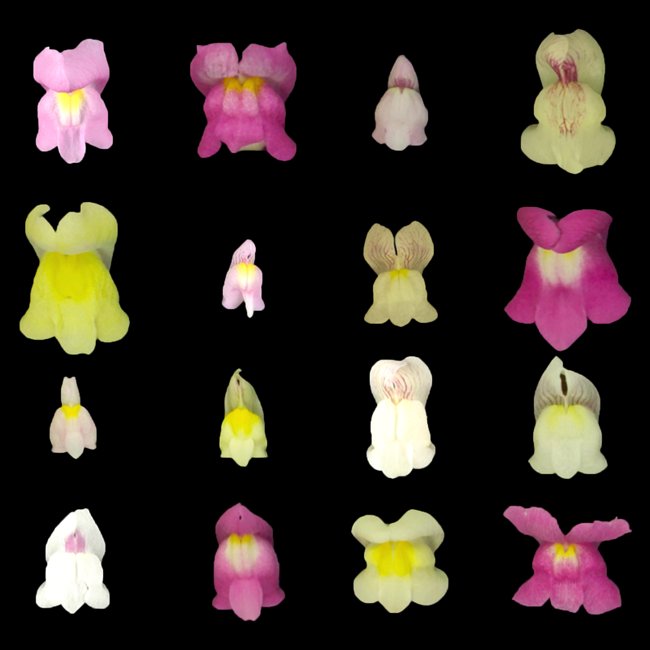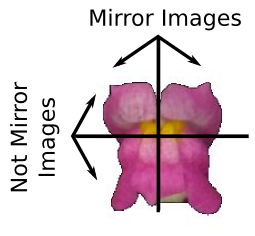This is close to, or past, the peak of pollinating season across much of the midwest. I, having migrated into computational work, am no longer called upon to put my life on hold, arriving at the corn field before the sun rises and leaving when it becomes too dark to see for a cold shower and a few brief hours of sleep before the next day arrives. But across the country graduate students, post-docs, professors, and professional crop breeders are doing just that and without the solace I could take back when I was doing the same (that I was an hourly employee and so making loads of overtime!). So to all of you out sweating in the fields, whether it’s in pursuit of greater understanding of the mysteries of live itself, or a new hybrid that will allow farmers to grow even more corn to feed the world, using even less water and fertilizer, we, who do not share your suffering, salute you!
Thus, the field researcher expects to attend to the crossing nursery continuously through the pollinating period (in the Midwest, approximately July 10-August 15). … The seven-day week is a shocking surprise to those not having “interned” in such a program during their graduate days.
- Peter A. Peterson and Angelo Bianchi, Maize genetics and breeding in the 20th century (World Scientific, 1999). page 13

